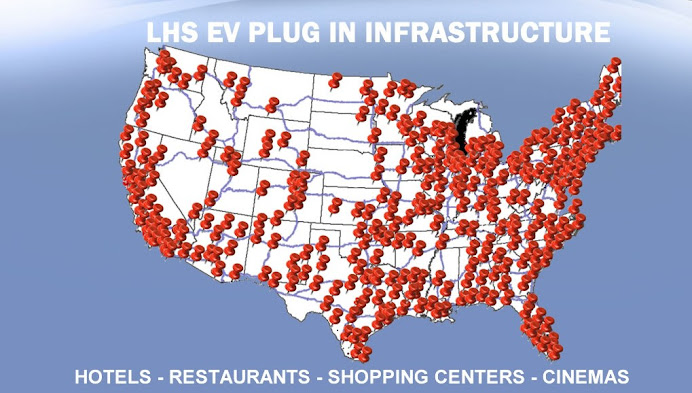.jpg) Google is trying to figure out how to manage the impact of having millions of future electric vehicle owners plugging in their vehicles at the same time. The company is in the early stages of looking at ways to write software that would fully integrate plug-in hybrid vehicles to the power grid, minimize strain on the grid, and help utilities manage vehicle-charging load.
Google is trying to figure out how to manage the impact of having millions of future electric vehicle owners plugging in their vehicles at the same time. The company is in the early stages of looking at ways to write software that would fully integrate plug-in hybrid vehicles to the power grid, minimize strain on the grid, and help utilities manage vehicle-charging load.“We are doing some preliminary work,” said Dan Reicher, Google’s director of Climate Change and Energy Initiatives. “We have begun some work on smart charging of electric vehicles and how you would integrate large number of electric vehicles into the grid successfully.” In 2007, Google announced a program to test Toyota Prius and Ford Escape gasoline-electric hybrid vehicles that they converted to rechargeable plug-in hybrids that run mostly on electricity. One of the experimental technologies that was being tested by the web search giant allowed parked plug-ins to transfer stored energy back to the electric grid, opening a potential back-up source of power for the system in peak hours.
“One of the great things about plug-ins is this opportunity for the first time to finally have a storage technology,” he said. “We got to be careful how we manage these things,” Reicher said. “On a hot day in July, when 5 million Californians come home, you don’t want them all plugging in at the same moment.” He laid out a scenario where power utilities, during a time of high demand, could turn on or off the charging of electric vehicles. The owner of these vehicles, who have agreed to such an arrangement, would get a credit from the utility in turn.
Source : InTech (International Society of Automation), November 2009
Source : InTech (International Society of Automation), November 2009

Aucun commentaire:
Enregistrer un commentaire